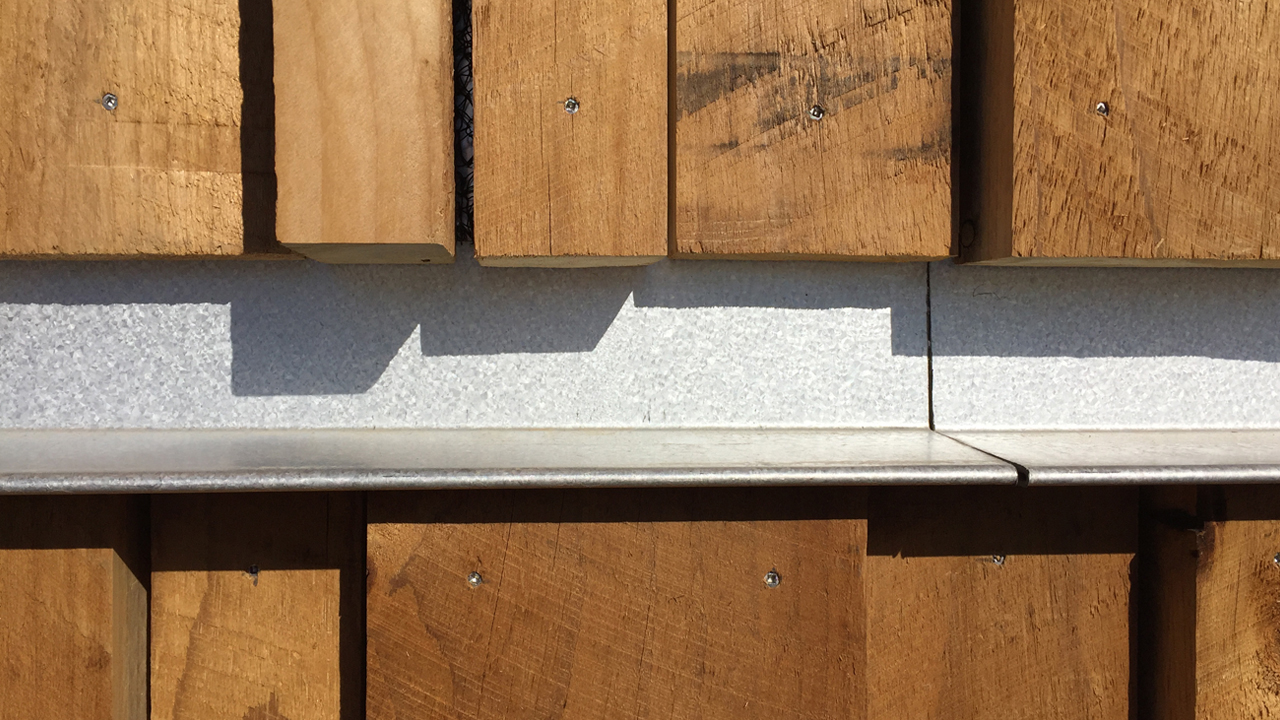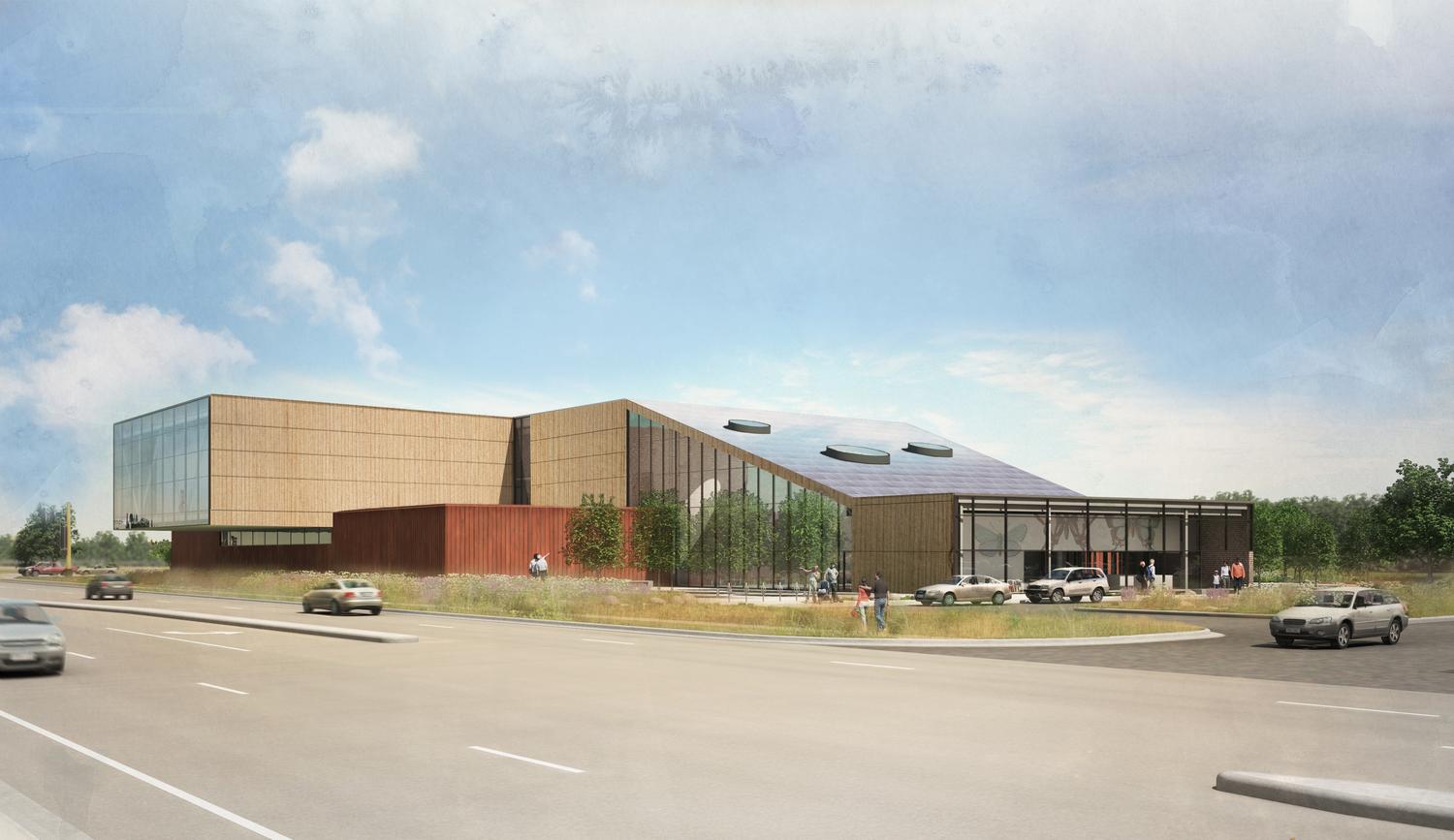
A few years ago, architecture firm Perkins+Will came to a conclusion while drawing plans for the new Bell Museum of Natural History and Planetarium on the University of Minnesota’s St. Paul campus: it was time to get cooking.
Now, following the architects’ design, workers are covering nearly half of the Bell’s exterior with Minnesota white pine that has been cooked in a giant kiln. The process, called thermal modification, is a chemical-free way to make wood more stable and water-resistant. Workers will finish installing the specialized wood in March, with the Bell Museum itself reopening in summer 2018.
The Bell project highlights an economic opportunity for Minnesota — and one where the Natural Resources Research Institute at the U of M Duluth plays a crucial role. Researchers involved in NRRI’s Wood Products and Bioeconomy initiative, which focuses on helping strengthen Minnesota’s forestry industry in an environmentally sound way, are leading research into the field of thermally modified wood.
“We have one of the only thermally modified wood pilot labs in the country,” said Patrick Donahue, NRRI’s research program manager for wood products and processing. “It’s a very big part of our research program.”
Normally, hemicellulose — a natural sugar found in wood — will cause most of the decay and discoloration that wood stains and coatings are meant to prevent. Thermal modification works by cooking most of that sugar out, resulting in a material that resists warping, weeping and decay and remains a uniform color even as it ages. This longer-lasting, lower-maintenance material is ideal for covering exterior walls and interior floors, as well as for window frames, door frames and deck railings.
The white pine used in the Bell Museum project was thermally modified by Superior Thermowood, a company in Palisade, Minn., that had previously worked closely with NRRI to research thermal modification methods for different species of wood. While white pine is not normally used outdoors, the weather-resistant cooked wood made it an option for the Bell Museum. The building project will soon be the largest commercial-scale use of thermally modified white pine in the country. And it may pay off, as the wood could lower maintenance costs in the long run.

Meanwhile, Donahue and his team are already working on new thermally modified wood technologies. One project, funded by a grant from the National Science Foundation, aims to develop a kiln that can cook wood faster and at a higher temperature, similar to how a pressure cooker prepares food. Another strives to adapt thermal modification for use with engineered wood — wood converted into a building material that often includes a veneer, resin or other additives.
According to the Minnesota Department of Natural Resources, forestry-related businesses currently contribute over $16 billion to the state’s economy and provide nearly 63,000 jobs. Donahue said thermally modified wood gives Minnesotans a way to boost the value of their forestry resources and better compete with regions that dominate the market, such as the West Coast.
“This is a good niche direction for Minnesota’s wood products industry,” Donahue said. “You can sell white pine as a modified wood siding for a lot more money than you can sell a two-by-four. We want to see businesses engage in and develop around this resource.”
For the Bell Museum, the state’s official natural history museum, sourcing building materials from within the state is a point of pride.
“Our goal is to showcase the great natural resources of Minnesota along with the great science and discoveries made at the U of M,” said Denise Young, Bell Museum executive director. “The thermally modified white pine is a perfect example of how we intend to do that both inside and out.”